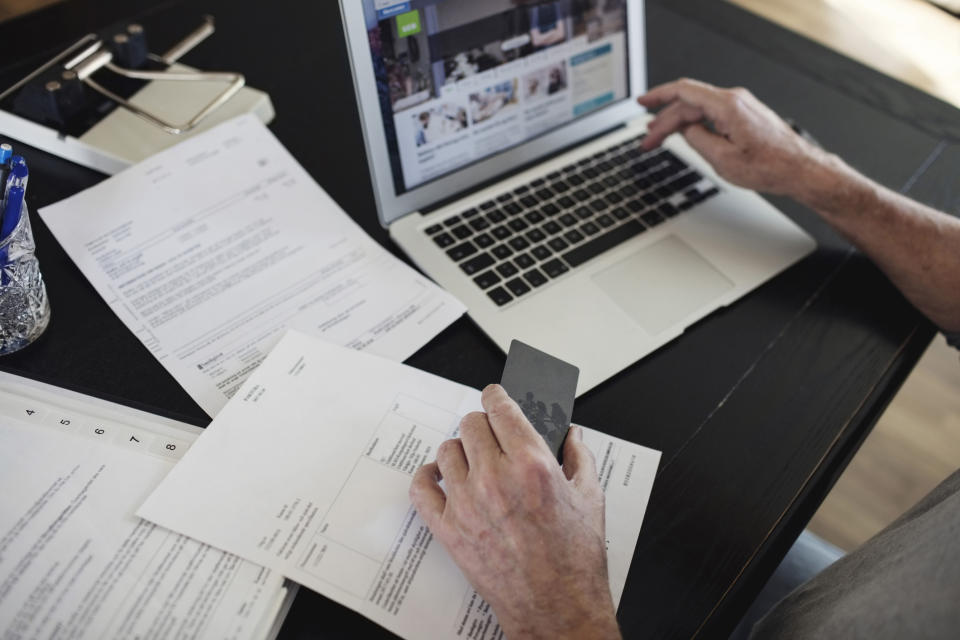Credit card debt just hit $1 trillion. Here's how to pay off yours

Americans love their plastic more than ever.
According the Federal Reserve, consumer credit card balances went up 13% in November 2017, an increase of $11.2 billion. The jump now puts credit card debt at an all-time high of $1.023 trillion.
Many analysts agree that this figure doesn’t pose an immediate threat to the economy, but it could become an issue if debt continues to trend in this direction. Matt Schultz, senior industry analyst at CreditCards.com says the figure doesn’t signal a threat because payment delinquencies are still fairly low, hovering around 7.5%. (An account is delinquent after a missed payment.)
Still, delinquencies have increased 0.5% over the past year, and could continue to climb as other factors change. “A mix of increased card debt and higher interest rates means that climb will probably accelerate in 2018. That could mean big trouble for many Americans.” said Schultz.
As we recover from the holiday shopping season, millions of Americans are dealing with new debt from holiday expenses. In fact, a recent survey from LendEdu talked to 1,000 Americans and found that the average respondent had $998.36 in credit card debt stemming from the holidays.
How to address your debt
NerdWallet’s 2017 household credit card debt study found that the average household has a credit card balance of $15,654. That figure can feel insurmountable, but there are some things you can do to take back control of your finances in 2018.
Look at your budget
The best way to pay down your debts is to find flexible money in your budget. Take a line by line approach, and find places where you can reduce spending. The money you find can then be used to pay more than the minimum balance due on your credit card every month.
“The more you add to the minimum payment, the less impact the interest rate has over time,” said Bruce McClary, of the National Foundation for Credit Counseling (NFCC).
Transfer your balance to another card
Opening up a new credit card sounds counterintuitive, but it could help you to pay down your debt more effectively. If your credit card has a high APR, consider transferring the balance to another card with a 0% APR.
Many banks offer a 0% promotional period where users don’t have to pay interest. This is typically anywhere from 12 to 21 months. By transferring your balance to one of these cards, you can pay more than the minimum payment, and decrease your debt without worrying about interest.
“If you have a decent credit score, you can identify some balance transfer options to pay down your debt,” said McClary. “But you have to have a good credit rating.”
Sites like Bankrate, Nerdwallet and Creditcards.com are all great resources to find different low interest offers.
Seek guidance, start now
If your credit score is low, or if you’ve struggled to keep up with payments, it might not be an option to do a balance transfer. In that case, the best thing you can do is talk to a professional who can help you find strategies to pay down your debt. The NFCC and the Financial Counseling Association of America (FCAA) are great resources to find non-profit credit card counselors for low or no cost.
“Don’t wait to act on your goal,” said McClary. “The longer you wait, the harder it gets to tackle the debt.”
Brittany is reporter at Yahoo Finance.
Store credit cards could land Americans in debt
